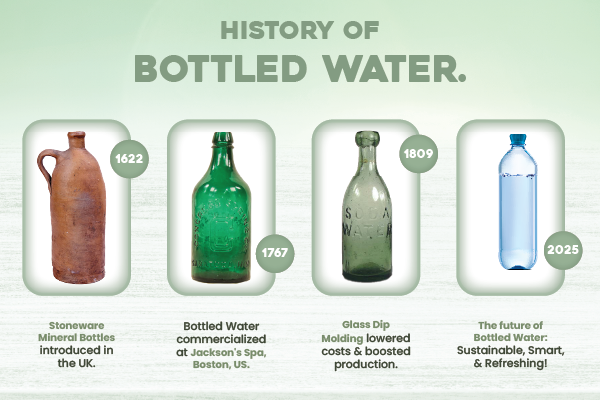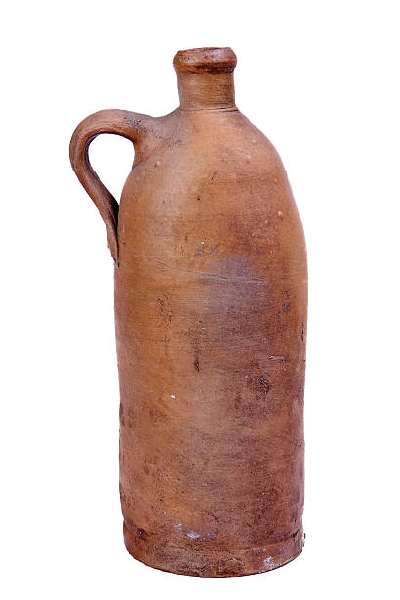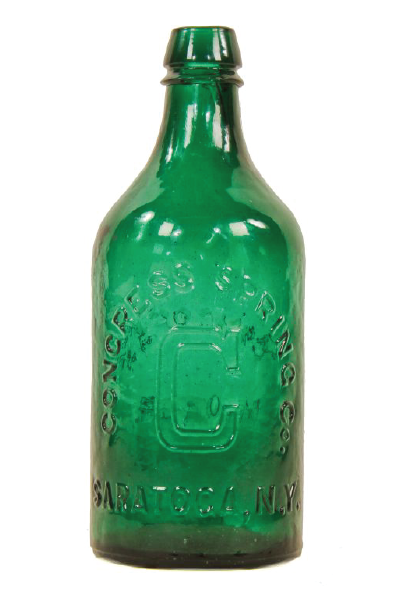
Water is the source of life and ensuring a clean and reliable source of water has been a concern for centuries. Bottled water, now everyday necessity, bottled water was once considered a luxury only the alite could afford. Over time, it has transformed into transformed into an everyday necessity, shaping a multi-dollar industry. In this blog, we explore the fascinating history of bottled water, tracing its journey from ancient civilizations to its rapid growth in the modern world.
Ancient Beginnings: Sacred Springs and Healing Waters
The concept of bottling water dates to ancient times, when natural springs were believed to be sacred and have medical properties. Civilizations such as the Greeks, Romans and Egyptians valued mineral-rich spring water and often travelled long distances to collect it. The Romans, for example, built intricate aqueducts to transport fresh spring water to their cities, highlighting its importance in daily life.

During the 16th and 17th centuries, Monks and early entrepreneurs in Europe began bottling water from famous springs and selling it for its alleged health benefits. Springs such as the Holly Well at Malvern in England and the mineral springs of Spa, Belgium, became popular among the aristocracy and wealthy classes.
The Rise of Commercial Bottled Water: 18th and 19th Centuries
The first commercial bottling of water was the Holy Well in England in 1622. However, it wasn’t until the 18th century that bottled water gained signification, traction, particularly in Europe and North America. The rise of spa culture in countries like France and England fuelled the demand for bottled mineral water, which was considered a luxury beverage.

One of the first large-scale bottled water brands was the Saratoga Springs Water in New York, which began bottling in the 19th century. Around the same time, the Perrier brand was founded in France, focusing on natural spring water. The introduction of glass bottle production made it easier to store and transport the water, further increasing its popularity.
The Industrial Revolution and Mass Production
The Industrial Revolution in the 19th century brought about major advance in bottling technology. Glass bottle manufacturing become more efficient, allowing companies to produce and distribute bottled water on a large scale. Carbonated water also emerged during this era, adding a refreshing taste and making bottled water fashionable among high class society.

By the end of the 19th century, mineral water manufactures such as Evian and Apollinaris emerged, marketing their product as a high-quality, healthy drink. However, mineral water was still considered a luxury item, consumed mainly by the high classes and those who could afford to stay in expensive hotels and resorts.
The Shift from Luxury to Everyday Use: 20th Century
The early 20th century, improvements in urban water systems led to a decline in bottled water consumption. Governments invested heavily in water treatment plants to provide clean, safe tap water for the general population. As a result, bottled water became a luxury product rather than a necessity.
However, in the 70s & 80s, the industry was attracting attention due to two main factors.
- The Rise of Plastic Bottles – The introduction of PET (Polyethylene Terephthalate) bottles in the 1970s made bottled water cheaper, lighter, and easier to transport compared to traditional glass bottles.
- Growing Health Consciousness – When people become more aware of the potential health risks associated with sugary sodas and processed drinks, they turned to bottled water as a healthier alternative.
Brands like Evian, Dasani, Nestlé pure Life, and Aquafina capitalized on this trend, marketing their bottled water as pure, refreshing, and essential for a healthy lifestyle.
The Bottled Water Boom: 21st Century
Today, bottled water is one of the most consumed beverages in the world. The global bottled water market is valued at over $300 billion and continues to grow. Several factors contribute to its widespread popularity:

- Convenience and Portability – Bottled water provides an easy solution for people on the go, making it a preferred choice for busy people.
- Concerns Over Tap Water Safety— In many parts of the world, tap water quality in questionable, leading consumers rely on bottled water for safe hydration.
- Rise of Premium and Functional Water – The Industry has developed beyond normal water as it is supplied to alkaline water, vitamin-infused water and niche markets.
- Marketing and Branding – Companies are investing in branding to promote bottled water as a lifestyle product related to health, fitness and luxury.
Environmental Impacts and Shift to Sustainability
Despite its popularity, bottled water has faced criticism for its environmental impact. The excessive use of plastic bottles has contributed to pollution, with millions of tons of plastic waste ending up in oceans and landfills each year. To combat this, companies are adopting more sustainable practices, such as:

- Using biodegradable or recycled plastic bottles.
- Promoting reusable bottles and water refill stations.
- Investing in eco-friendly packaging solutions.
Brands like Boxed Water, Just Water, Bestone Water and Evian are taking steps to reduce their carbon footprint, offering more sustainable alternatives to traditional plastic bottles.
Conclusion
What started as a luxury product now a daily necessity for millions of people in the world. The bottled water industry has developed quite a bit and adapts to consumer preferences, technological advancements, and environmental concerns. While it remains a convenient and reliable hydration source, the focus is now shifting toward sustainability and responsible consumption.
